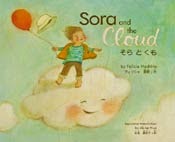Disclosure: I was sent a copy of this book in exchange for an honest review. All opinions are my own.
Lately I have been sharing many middle grade novels. To be honest I am behind in my reading and have several more to share soon. However today I get to share one of my favorite ones of recent reads. It is a book about recovering from extreme loss. The book is Elephant Touch by Susan R. Greenway. It is recommended for ages 10 to 12.














































